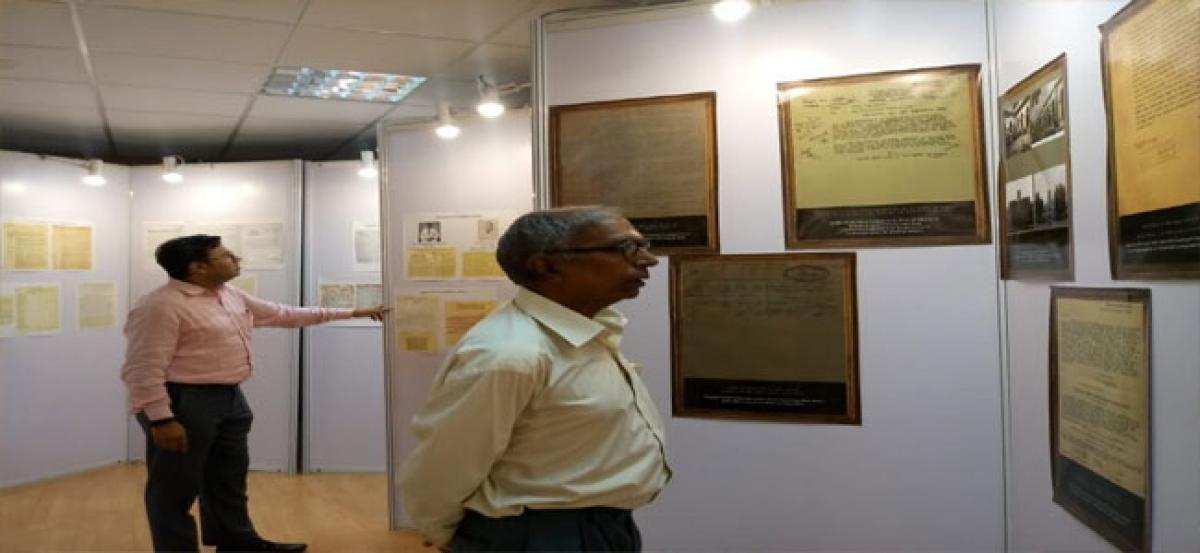Live
- India carries out successful launch of medium-range ballistic missile's new version
- K'taka BJP files complaint with EC over Congress' protest on Vidhana Soudha premises
- Time for Global South to assume greater role: EAM Jaishankar at ASEAN meet
- Rajender Rao is Congress candidate for Karimnagar Lok Sabha : Ponnam
- Part-2 sequel of fraud of Congress is being witnessed by people: KTR
- DK Aruna obstructed construction of Narayanapet irrigation project: Revanth
- National Panchayati Raj Day 2024: Date, History, Significance, and Observance
- Unlock Radiant Skin: 10 Essential Foods for a Glowing Complexion
- Mamata Banerjee slams judiciary over court ruling in school jobs case
- Visakhapatnam will be destiny of Andhra Pradesh: Jagan Mohan Reddy









